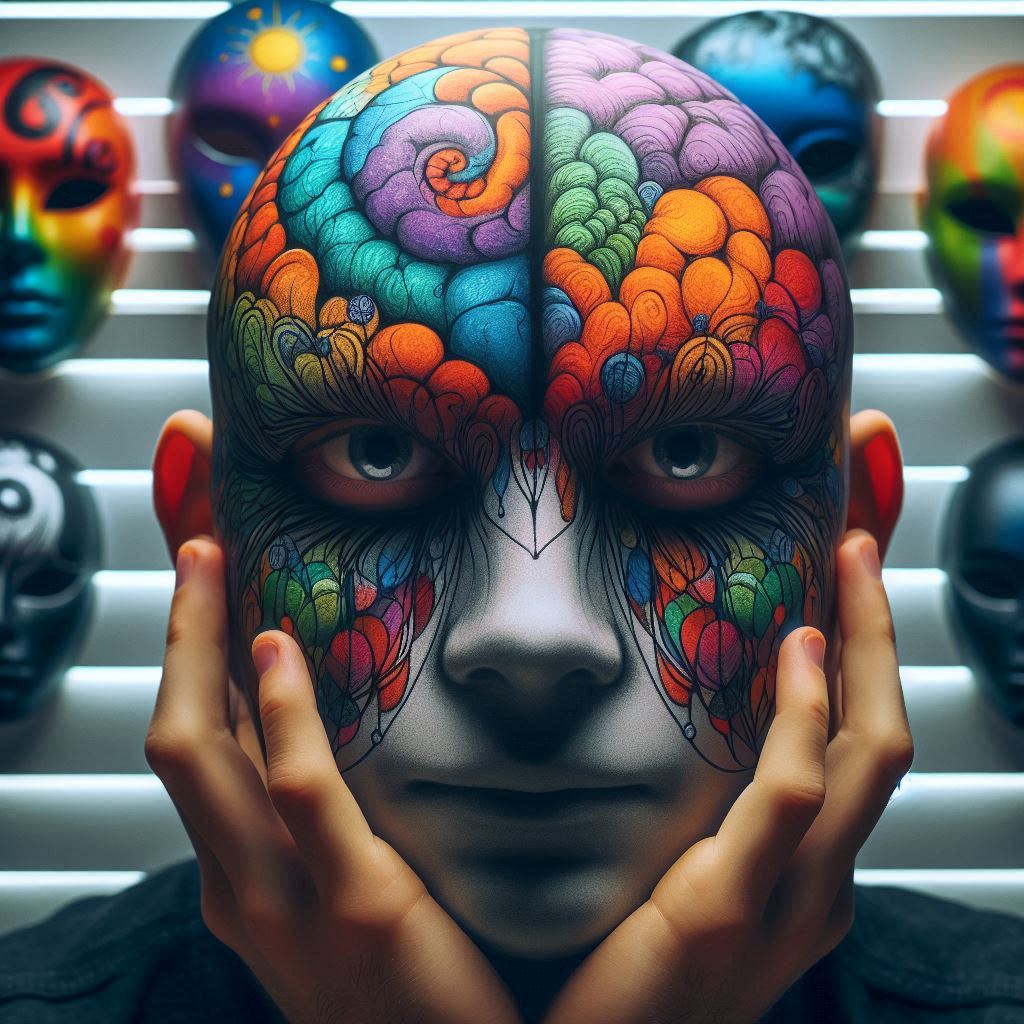
Behind the Mask: Exploring the Hidden Lives of Neurodiverse Individuals
What is Masking?
Masking, also known as camouflaging, involves hiding, disguising, or suppressing parts of oneself to fit in with those around you. It's a common trait among individuals with spectrum conditions and is frequently observed in women and girls with Autism, though men also mask.
While everyone, neurotypical or neurodivergent, may change their behaviour to fit in at times, masking is particularly prevalent among autistic individuals. They may mask to avoid prejudice, stigma, bullying, and discrimination, blending into a neurotypical world. Similarly, people with ADHD may exhibit masking behaviours, like suppressing movement behaviours at school but displaying them at home, or continuously checking their belongings to prevent forgetfulness.
Why Do People Mask?
Girls and women with Autism often mask more than men due to societal pressures, stronger social mimicry skills, and differences in how autism manifests in females. Socialised to prioritise relationships and conformity, their autistic traits such as subtle social struggles or socially acceptable special interests, are often less recognised.
Diagnostic tools based on male presentations can miss these female traits, increasing the need for masking. Greater awareness of these gender differences can improve support and reduce the need to camouflage.
Signs of Masking
Masking can involve copying social cues and behaviours, such as facial expressions or speech styles. Autistic individuals might rehearse responses in their heads, suppress self-soothing actions like stimming, force eye contact despite discomfort, or endure overwhelming sensory environments to avoid standing out. These efforts can be exhausting, leading to fatigue, low mood, and feelings of disconnection from reality.
For those with ADHD, masking may involve suppressing impulsive actions or overcompensating for inattentiveness through elaborate organisational systems. Hyperactive individuals might engage in subtle fidgeting or over-prepare for tasks to hide their challenges with focus and forgetfulness, striving to appear calm and composed even when struggling internally. This can lead to burnout, anxiety, low mood, and fatigue.
Managing Masking
If you're struggling with masking, there are steps you can take. It's important to advocate for your needs rather than feeling compelled to mask. For example, explain if you experience social or sensory overwhelm and need a break, or avoid certain events if they are too overwhelming. There’s nothing wrong with wanting to mask in some situations, but it’s crucial to give yourself space and time to recover afterward.
Education is also key. Learning about masking can help individuals understand themselves better and show more compassion towards their needs. Resources like "Girl Unmasked: How Uncovering My Autism Saved My Life" by Emily Katy can be incredibly helpful.
Remember, this article is not a substitute for professional medical advice. Always seek the advice of your physician or other qualified health provider with any questions you may have regarding a medical condition.
